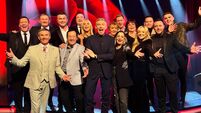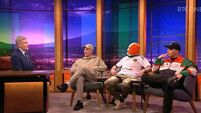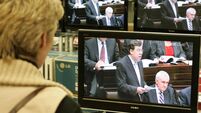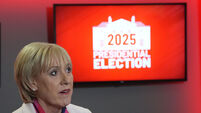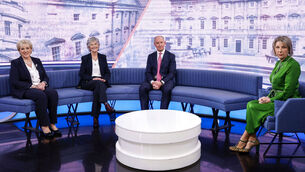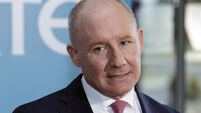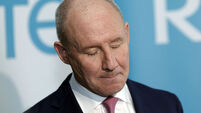Why are so many female presenters ruling themselves out of Late Late Show gig?
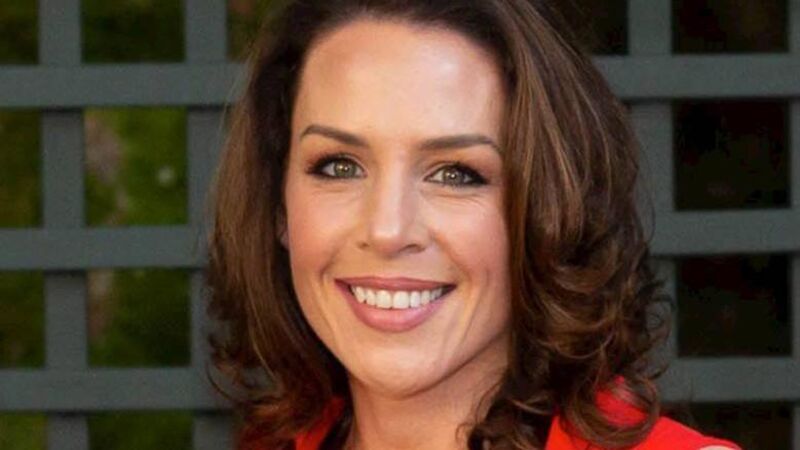
Sarah McInerney will not be throwing her hat in the ring. Picture: Linkedin
Sarah McInerney is the latest in a string of female broadcasters to pull her name from the running to be the next presenter of .
The RTÉ and presenter said jokingly on Twitter she would “not be taking over either from Ryan Tubridy or James Cordon”, who recently quit a US show of the same name. “Nor have I sought Waystar from Logan Roy,” she said.
— Sarah McInerney (@SarahAMcInerney) May 5, 2023
“Though the prospect of grilling young children over their toy choices every December would be enticing, I let RTÉ management know a couple of weeks ago that I wouldn’t be throwing my hat in the ring.
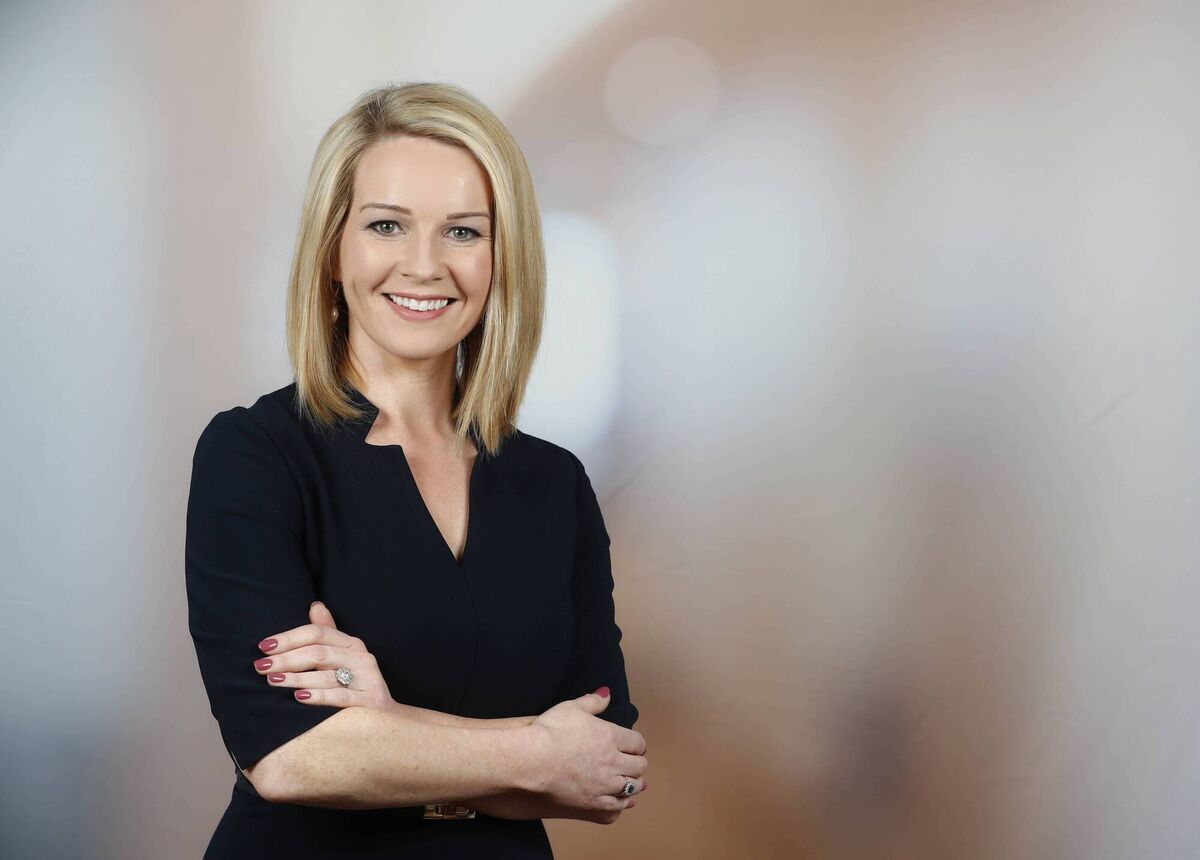
“There’s an election coming, maybe next year. Prime Time and Drivetime will be at the centre of RTÉ’s coverage. Like all political nerds, I can’t wait."
So why are so many high-profile female broadcasters turning down what many would call the biggest job in Irish TV?
Although family commitments were cited by Claire Byrne as part of the reason she was stepping out of the running, so was her love of her job on RTÉ Radio One.
And Miriam O’Callaghan also pulled her name from the race early on, saying while the show was “the jewel in the crown of Irish broadcasting” she loved what she did on too much to leave it.
"What we do in current affairs as a team really matters, and can actually change lives," she said.
So, are people essentially refusing the role because the has become too soft and fluffy?
Has it slunk too deeply and comfortably into middle age (it is almost 61) and lost touch and lost relevance in a new and constantly evolving Ireland?
Under its original host, Gay Byrne, the show became an important force for change in a highly conservative, conformist, and theocratic Ireland.
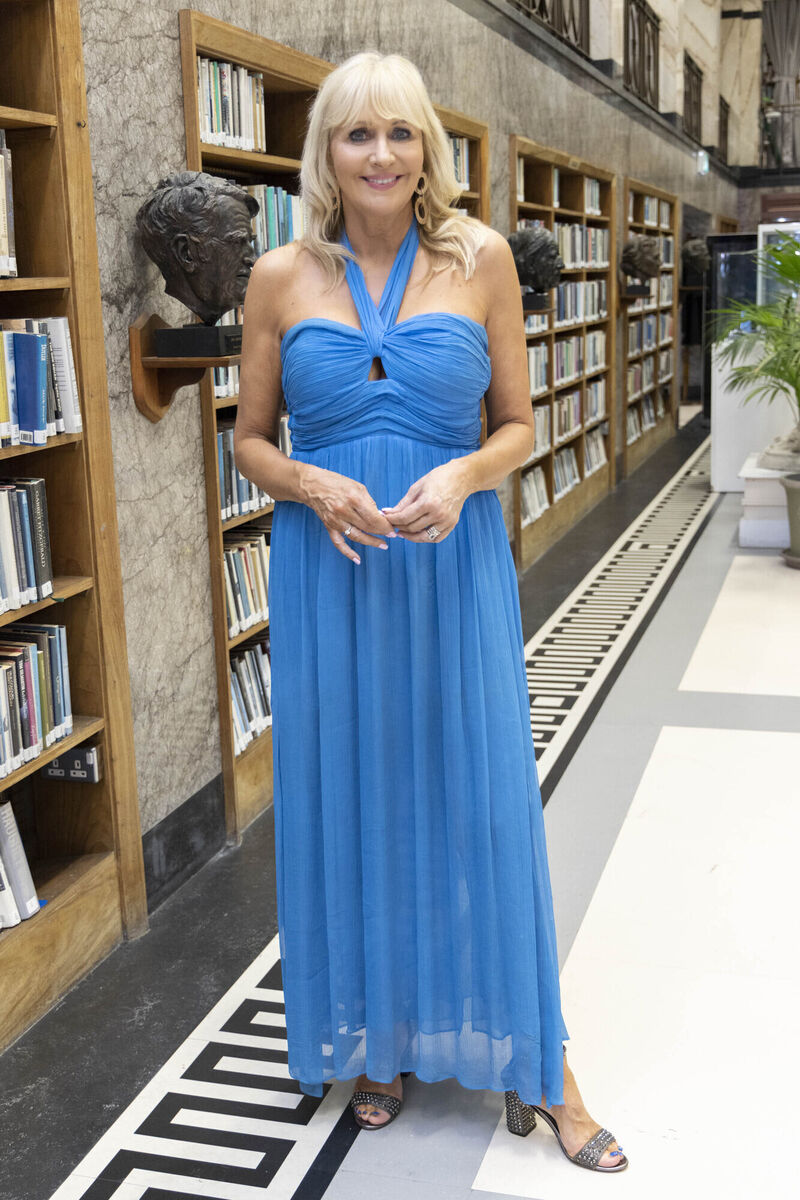
It bravely challenged controversial taboos like contraception and sometimes gave a platform to people criticising the then-all-powerful Church.
A notorious appearance on was the beginning of the end for former Government minister and European commissioner Padraig Flynn.
He went on the show to refute allegations he had accepted a bribe from a developer while also boasting about his salary and bemoaning the pressures of running three homes.
The infamous show unveiled Flynn’s arrogance and pointed to corruption in government. When he said developer Tom Gilmartin — who Flynn was alleged to have accepted the bribe from — was a troubled man and that he and his wife were not well, Mr Gilmartin blew the whistle on the bribery and corruption which led to Flynn’s political demise.
The Mahon Tribunal would later find the Fianna Fáil veteran had "wrongly and corruptly" sought an IR£50,000 payment from Mr Gilmartin in 1994.
Another seminal moment on the show was when Bishop Eamon Casey’s lover, Annie Murphy, appeared to talk about their affair and secret child.
But as society has liberalised and become more open and tolerant, has softened.
Perhaps people just need somewhere safe and comforting to retreat to on a Friday night.
When everyday life is already so complex and challenging, we all need some light relief and perhaps that is what has become to many of its loyal viewers — a comforting cuddle in a time of chaos and confusion.
Although it does still deliver important stories about people’s struggles to overcome hardship, change laws and perceptions and make Ireland a better, safer place, it rarely breaks a story that causes any seismic shifts.
under the most recent stewardship of Ryan Tubridy has not had society-rocking stories, but he has transformed the Toy Show.
He shifted its focus from the toys to the children, shining a spotlight on them and their struggles and asking us all, as a society, if we are treating them as well as we should.
Mr Tubridy embraced diversity on the Toy Show, inviting children whose stories and struggles have touched the nation's hearts and opened our eyes to the harsh and heart-breaking realities of childhood illness and disability.
Mr Tubridy steps down on May 26.
Names still in the running include Patrick Kielty, Baz Ashmawy, Dara Ó Briain, Dáithí Ó Sé, Jennifer Zamperelli, Tommy Tiernan, Angela Scanlon, Vogue Williams, and Ray D'Arcy.
While it may be judged a poison chalice by some, or not cerebral or relevant enough to commit time to, or too liable to attract a slew of abuse on social media, it remains one of, possibly the biggest job, on Irish TV.
Will the show slink off into old age and slowly fade into oblivion under its new host? Or will it march bravely forward into an unknown future with authority, creativity, and vision, taking viewers along with it into a new and exciting world?




